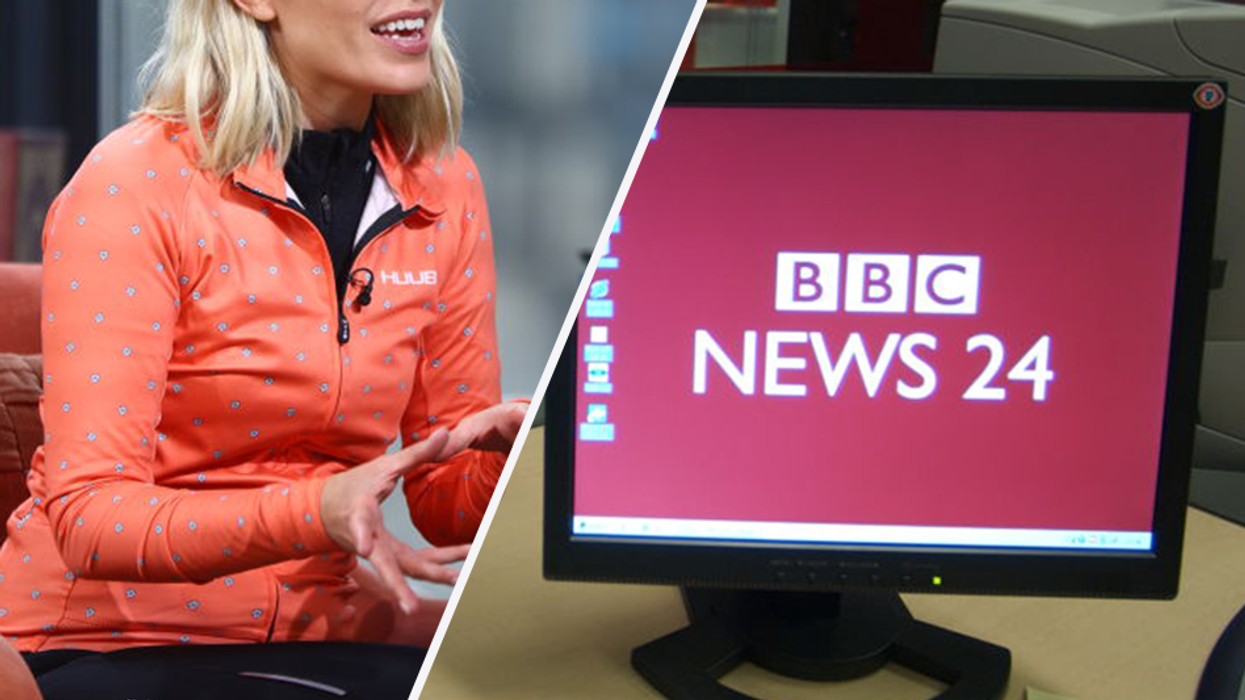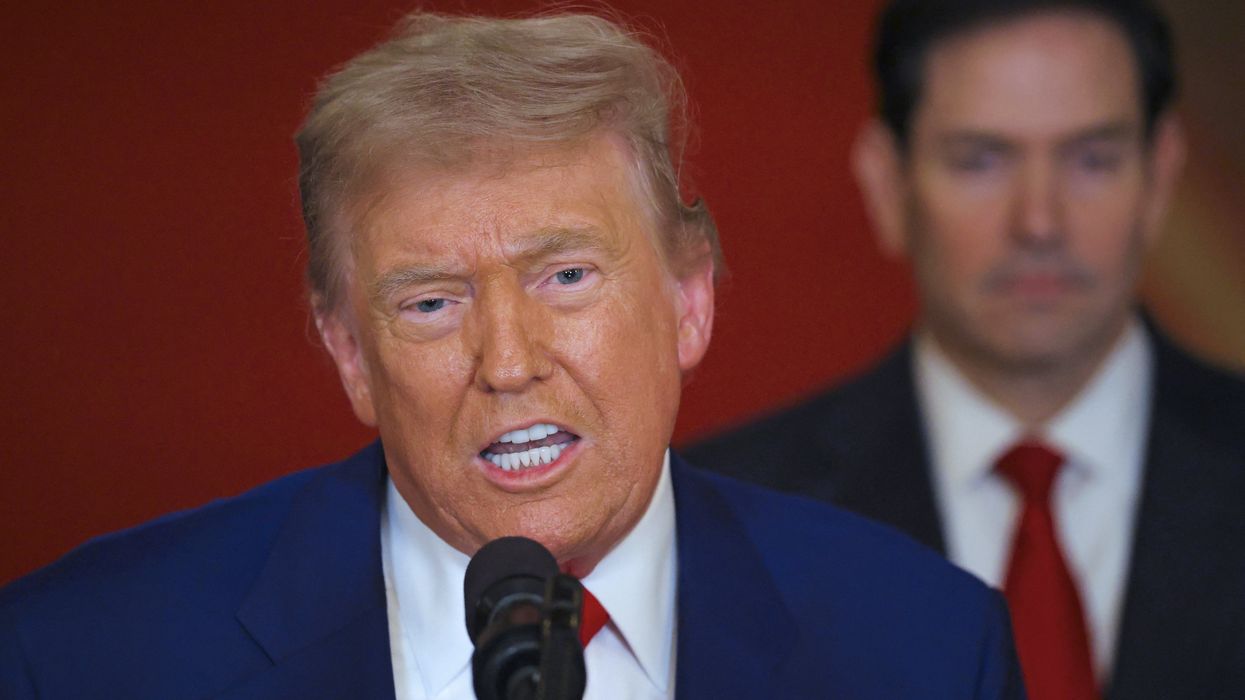© 2025 Blaze Media LLC. All rights reserved.
"We cannot directly check it."
TOKYO (AP) — Japan's top government spokesman is warning of a fresh threat of explosion from a nuclear unit at a power plant the country's earthquake-ravaged northeast.
Chief Cabinet Secretary Yukio Edano said Sunday that a hydrogen explosion could occur at Unit 3 of the Fukushima Dai-ichi nuclear complex. That would follow a blast the day before at the same power plant as operators attempted to prevent a nuclear meltdown of another unit by injecting sea water into it.
More than 170,000 people were evacuated as a precaution, though Edano said the radioactivity released so far into the environment is so small it does not pose any threat to human health.
IWAKI, Japan (AP) — A partial meltdown was likely under way at a second nuclear reactor, a top Japanese official said Sunday, as authorities frantically tried to prevent a similar threat from nearby unit following a catastrophic earthquake and tsunami.
Some 170,000 people have been ordered to evacuate the area covering a radius of 12 miles (20 kilometers) around the plant in Fukushima near Iwaki. A meltdown refers to a very serious collapse of a power plant’s systems and its ability to manage temperatures. A complete meltdown would release uranium and dangerous byproducts into the environment that can pose serious health risks.
Japan dealt with the nuclear threat as it struggled to determine the scope of the twin disasters Friday, when an 8.9-magnitude earthquake, the most powerful in its recorded history, was followed by a tsunami that ravaged its northeastern coast with breathtaking speed and power.
The official count of the dead was 763, but the government said the figure could far exceed 1,000. Media reports said some 10,000 people were missing or unaccounted for.
The quake and tsunami damaged three reactors at the Fukushima Dai-ichi nuclear plant, which lost their cooling functions necessary to keep the fuel rods functioning properly. At first the Unit 1 reactor was in trouble with an explosion destroying the walls of the room in which it is placed. Later, Unit 3 also began to experience problems.
Chief Cabinet Secretary Yukio Edano said operators released slightly radioactive air from Unit 3 Sunday, while injecting water into it as an effort to reduce pressure and temperature to save the reactor from a possible meltdown.
Still, a partial meltdown in the unit is “highly possible,” he told reporters.
“Because it’s inside the reactor, we cannot directly check it but we are taking measures on the assumption of the possible partial meltdown,” he said.
Edano said radiation levels briefly rose above legal limits, but that it has since declined significantly. Also, fuel rods were exposed briefly, he said, indicating that coolant water didn’t cover the rods for some time. That would contribute further to raising the temperature in the reactor vessel.
Meanwhile, the government doubled the number of troops pressed into rescue and recovery operations to about 100,000 from 51,000.
Teams searched for the missing along hundreds of miles (kilometers) of the Japanese coast, and thousands of hungry survivors huddled in darkened emergency centers that were cut off from rescuers and aid. At least a million households had gone without water since the quake struck. Large areas of the countryside were surrounded by water and unreachable. Some 2.5 million households were without electricity.
Powerful aftershocks continued to rock the country, including one Sunday with a magnitude of 6.2 that originated in the sea, about 111 miles (179 kilometers) east of Tokyo. It swayed buildings in the capital, but there were no reports of injuries or damage.
Want to leave a tip?
We answer to you. Help keep our content free of advertisers and big tech censorship by leaving a tip today.
Want to join the conversation?
Already a subscriber?
more stories
Sign up for the Blaze newsletter
By signing up, you agree to our Privacy Policy and Terms of Use, and agree to receive content that may sometimes include advertisements. You may opt out at any time.
Related Content
© 2025 Blaze Media LLC. All rights reserved.
Get the stories that matter most delivered directly to your inbox.
By signing up, you agree to our Privacy Policy and Terms of Use, and agree to receive content that may sometimes include advertisements. You may opt out at any time.





